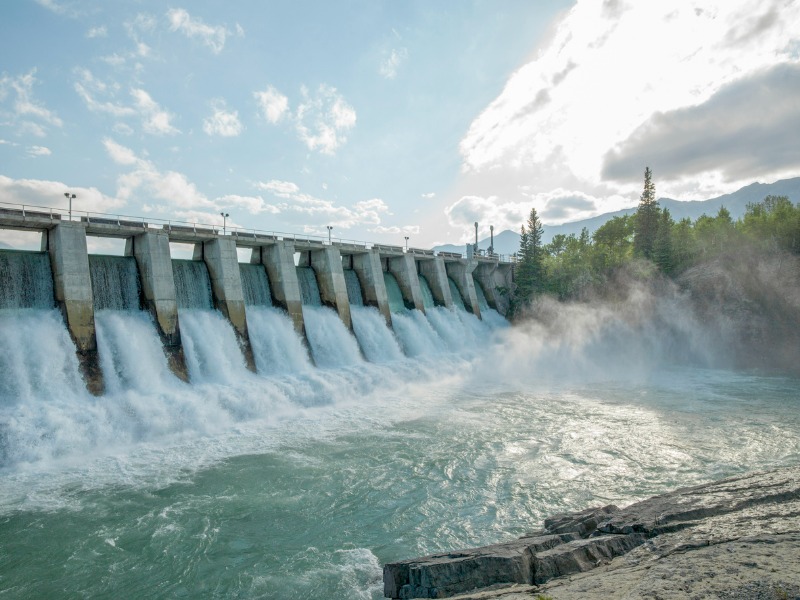New twist on underwriting flood risk: human-altered stream flows

Human-altered stream flows, such as dams, canals or areas of heavy urbanization, are at a greater risk of flooding, new research finds. And this could potentially impact flood risk ratings, P&C industry experts say.
A study by researchers at the University of Waterloo studied 2,272 streams in Canada and the United States. It found human-managed streams had significantly different flow patterns compared to streams in natural watersheds.
“Compared to their natural neighbours, about 48% of the human-altered streams had significant increases in seasonal flow trends, while 44% showed a significant decrease in the seasonal flow trends,” Nitin Singh, lead author and postdoctoral fellow at UW, says in a press release.
The findings conclude that human actions accelerate climate-driven floods and droughts, possibly as a result of the increased paved surfaces in urban regions.
“It’s possible that an area that was previously lower-medium risk flood may become a high-risk area when a streamflow is either altered by man in some physical way, is being impacted by climate change, or both of those things,” says Glenn McGillivray, managing director at the Institute for Catastrophic Loss Reduction. “So, there is the potential for flood risk rating to have to change, depending on how these streams are changing.”
Insurers underwrite risk based on a range of measures mainly related to flood modeling of risk, hydrological analysis and then the contents of the value of the property, explains Craig Stewart, vice president of federal affairs at Insurance Bureau of Canada. “At this point, I’m not sure the degree to which underwriting human-altered streams are reflected in our modeling,” he says. “I actually don’t think that we get down to that level of granularity yet in our underwriting.”
Stewart says insurers typically advocate for nature-based systems, where possible.
“Insurers are keen on promoting the use of natural infrastructure, both conserving nature in its original state, and restoring natural systems where possible, because…natural systems tend to provide much more absorption capacity than concrete or pavement,” he says. “As soon as you alter a stream into some sort of paved impermeable surface, whether to channel it to divert it, it’s not going to typically function as well…as its natural form.”
While it’s not conclusive as to whether such findings are modeled in insurance pricing thus far, the research highlights the need to develop adaptation strategies and reduce the negative impacts of human-altered streams.
“It underscores the need to, first of all, avoid the risk. That’s a number one strategy of risk management. We have a big legacy risk problem in this country where things that had been built years ago are at risk of flooding. The first thing we have to do is stop creating new risk,” and this requires concrete data like flood maps, McGillivray says.
Insurers can also fund the restoration of natural systems, Stewart says.
“Insurers can also provide incentives for the protection of wetlands into their insurance policies, or they can provide insurance cover for natural systems to make sure those systems are [protected], should they be impaired,” he says. “And several insurers are looking at projects in Canada to do just that.”







